Although based on a single genome, the findings provide unique insight into the genetic history of ancient Egyptians — a difficult task given that Egypt's hot climate is not conducive to preserving DNA.
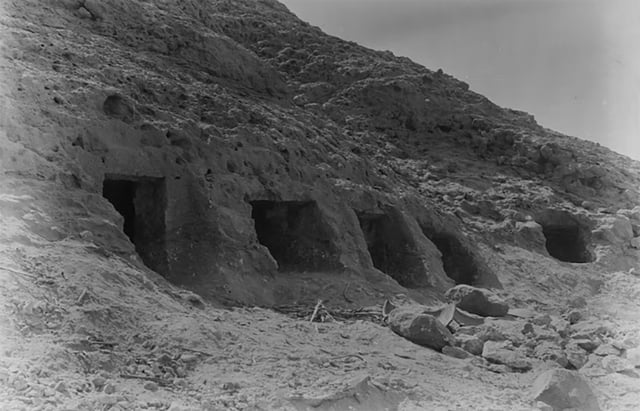
Rock tombs at Nuwayrat, Egypt excavated in 1902
PHOTO: REUTERS
Researchers extracted DNA from the roots of two teeth from the remains of a man who had been buried for millennia inside a large, sealed ceramic jar in a stone tomb. They then sequenced his entire genome.
Decoding the genes of ancient Egyptians thanks to a nearly 4,800-year-old tooth
Researchers say the man lived around 4,500-4,800 years ago, around the beginning of a period of prosperity and stability known as the Old Kingdom, famous for the construction of giant pyramids as tombs for pharaohs.
The pottery jar was excavated in 1902 at a site called Nuwayrat near the village of Beni Hassan, about 270 kilometers south of Cairo. Researchers determined that the man was about 60 years old when he died. His remains suggest that he was a potter.
The DNA also showed that the man was descended from local people, with about 80% of his ancestry originating from Egypt or nearby regions of North Africa. But about 20% of his ancestry originated from an ancient Near Eastern region that included Mesopotamia.
"This shows a significant genetic link between ancient Egypt and Mesopotamia," said geneticist Adeline Morez Jacobs of Liverpool John Moores University in the UK and the Francis Crick Institute in London, lead author of the study published on July 2 in the journal Nature .
The findings are based on archaeological evidence of trade and cultural exchange between ancient Egypt and Mesopotamia - an area stretching from present-day Iraq to parts of Iran and Syria.
During the 3rd millennium BC, Egypt and Mesopotamia were the pioneers of human civilization, with achievements in writing, architecture, art, religion, and technology.
Researchers say ancient Egypt had cultural links with Mesopotamia, based on some of its art, architecture and imported goods such as lapis lazuli, a blue gemstone.
The pottery wheel from Mesopotamia first appeared in Egypt around this time, the period when the first pyramids began to appear near present-day Cairo, beginning with the step pyramid of pharaoh Djoser at Saqqara and then the great pyramid of pharaoh Khufu at Giza.
About 90% of the man’s skeleton is preserved. He was about 1.59 meters tall, had a slender build, and suffered from age-related diseases such as osteoporosis and osteoarthritis, as well as a large, unhealed abscess from a tooth infection.
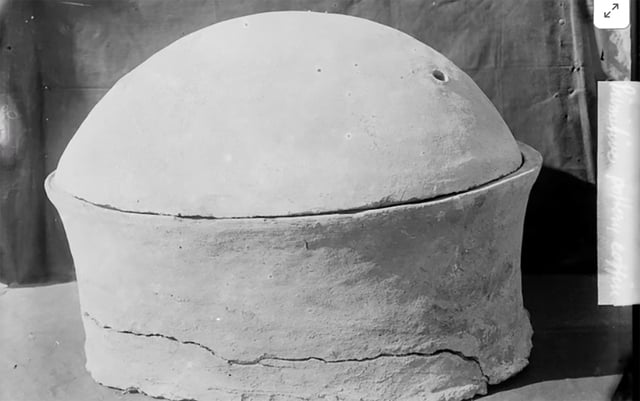
The skeleton of a man was buried inside a large ceramic jar.
PHOTO: REUTERS
"Recovering DNA from ancient Egyptian remains is challenging because Egypt's hot climate accelerates DNA degradation. High temperatures break down genetic material over time compared to cooler, more stable environments," said study co-author Pontus Skoglund, a geneticist at the Francis Crick Institute.
"In this case, burial in a ceramic jar inside a stone tomb may have contributed to the preservation of DNA at the site," Skoglund added.
The man's burial took place before mummification (a common practice in Egypt) which may have helped avoid DNA degradation because his remains did not require complex preservation techniques.
"He must have been of high status to be buried in a stone tomb. This contrasts with his material hardship and the speculation that he was a potter, which was usually a working class person. He was probably an excellent potter," said bioarchaeologist Joel Irish, also of Liverpool John Moores University (UK).
Meanwhile, scientists have struggled to reconstruct the ancient Egyptian genome, according to study co-author Linus Girdland Flink, a bioarchaeologist at the University of Aberdeen in Scotland. “Yes, it was a huge effort,” Skoglund said.
Source: https://thanhnien.vn/bo-xuong-biet-noi-cua-nguoi-ai-cap-co-dai-185250703074110536.htm



![[Photo] Hanoi: Authorities work hard to overcome the effects of heavy rain](https://vphoto.vietnam.vn/thumb/1200x675/vietnam/resource/IMAGE/2025/8/26/380f98ee36a34e62a9b7894b020112a8)



![[Photo] Multi-colored cultural space at the Exhibition "80 years of the journey of Independence - Freedom - Happiness"](https://vphoto.vietnam.vn/thumb/1200x675/vietnam/resource/IMAGE/2025/8/26/fe69de34803e4ac1bf88ce49813d95d8)

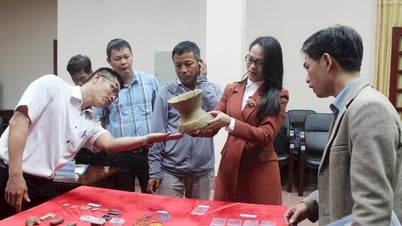

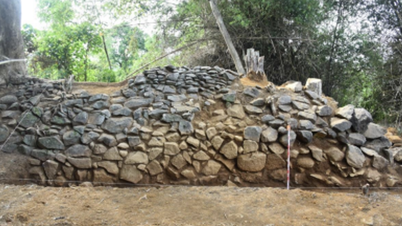












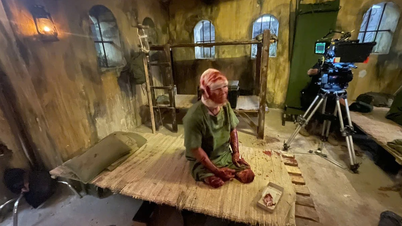














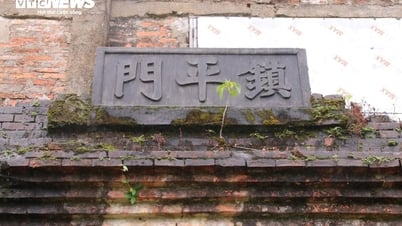

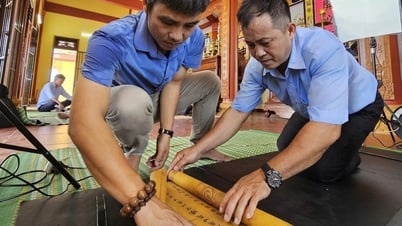

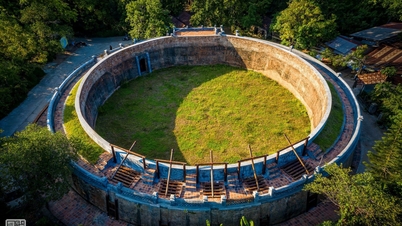



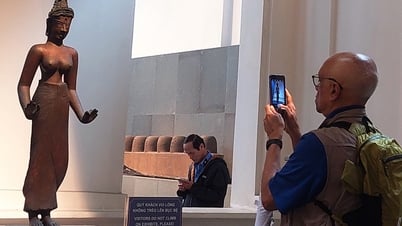
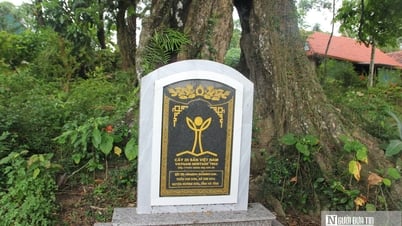















































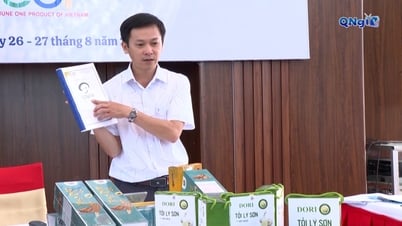









Comment (0)